

Acetone Extra Pure
$ 35.00 Original price was: $ 35.00.$ 34.89Current price is: $ 34.89.
Acetone Extra Pure is a highly volatile, flammable, and colorless liquid widely used as a powerful solvent in laboratory and industrial applications. Known for its exceptional ability to dissolve a wide range of substances, it is commonly employed for cleaning laboratory glassware, thinning resins, and removing organic residues. In the cosmetics and pharmaceutical industries, acetone is used in nail polish removers and formulation processes. Its high evaporation rate and purity make it suitable for analytical procedures and synthesis work, especially where contaminant-free solvents are essential. With a distinct odor and low boiling point, Acetone Extra Pure is an indispensable reagent for both routine and specialized chemical operations.
Acetone Extra Pure
Primary Uses:
- Laboratory Solvent – Commonly used as a polar aprotic solvent in organic chemistry for dissolving compounds, cleaning equipment, and preparing samples.
- Cleaning Agent – Rapidly removes grease, oils, and residues from glassware and instruments due to its volatility and effectiveness.
- Chromatography – Used as a mobile phase or solvent in thin-layer and column chromatography for organic compounds.
Secondary Uses:
- Dehydrating Agent – Occasionally used to remove water from wet samples or solvents.
- Precipitating Agent – Helps precipitate proteins and nucleic acids in biochemical labs.
- Intermediate in Synthesis – Acts as a reagent or intermediate in chemical synthesis and derivatization processes.
- Surface Preparation – Employed in surface cleaning before analytical or spectroscopic analysis.
| PACK SIZE |
2.5ltrs |
|---|
1. Basic Identification Attributes
- Chemical Name: Acetone
- Synonyms: Propanone, Dimethyl ketone
- CAS Number: 67-64-1
- Molecular Formula: C₃H₆O
- Molecular Weight: 58.08 g/mol
- Appearance: Clear, colorless liquid
- Odor: Sweet, fruity, pungent
- Grade: Extra Pure
- Solubility: Miscible with water, alcohol, ether, and most organic solvents
- Boiling Point: ~56°C
- Melting Point: –95°C
2. Safety & Hazard Attributes
- GHS Classification:
- Flammable liquid (Category 2)
- Eye irritation (Category 2A)
- Specific target organ toxicity – single exposure (Category 3)
- Hazard Statements:
- H225: Highly flammable liquid and vapor
- H319: Causes serious eye irritation
- H336: May cause drowsiness or dizziness
- Precautionary Statements:
- P210: Keep away from heat/sparks/open flames/hot surfaces
- P261: Avoid breathing vapors
- P280: Wear protective gloves/eye protection
- P304+P340: IF INHALED: Remove person to fresh air
- P305+P351+P338: IF IN EYES: Rinse cautiously with water
- Personal Protective Equipment (PPE):
- Chemical-resistant gloves (nitrile recommended)
- Safety goggles
- Lab coat
- Use in a fume hood
- First Aid Measures:
- Inhalation: Remove to fresh air, seek medical attention if symptoms persist
- Skin Contact: Wash with soap and water
- Eye Contact: Rinse cautiously for several minutes
- Ingestion: Rinse mouth; do not induce vomiting; seek medical attention
- Fire Hazards:
- Highly flammable
- Use dry chemical, foam, CO₂ for extinguishing
- Vapors may travel to ignition sources
3. Storage & Handling Attributes
- Storage Conditions:
- Store in tightly closed container
- In a cool, well-ventilated area away from sources of ignition
- Keep away from oxidizers and acids
- Handling Tips:
- Use spark-proof tools and explosion-proof equipment
- Avoid contact with eyes and skin
- Handle under fume hood for ventilation
4. Laboratory Applications
- Primary Uses:
- Solvent for cleaning and degreasing lab glassware and equipment
- Medium in chemical reactions and extractions
- Chromatography and spectroscopic sample preparation
- Secondary Uses:
- Rapid drying agent for slides and surfaces
- Component in reagent preparation
- Teaching aid for demonstrating evaporation, flammability, and polarity
SAFETY PRECAUTIONS
Personal Protective Equipment (PPE):
- Wear a lab coat, nitrile gloves, and chemical safety goggles.
- Use in a fume hood or well-ventilated area to avoid vapor inhalation.
Handling:
- Keep away from heat, sparks, open flames, and hot surfaces – No smoking.
- Avoid contact with skin, eyes, and clothing.
- Use only non-sparking tools.
- Wash hands thoroughly after handling.
Storage:
- Store in a cool, dry, and well-ventilated area.
- Keep the container tightly closed and away from ignition sources.
- Ground and bond containers when transferring material.
- Store away from oxidizing agents and acids.
FIRST AID MEASURES
Inhalation:
- Move the person to fresh air immediately.
- If not breathing, provide artificial respiration.
- Seek medical attention.
Skin Contact:
- Remove contaminated clothing.
- Wash skin thoroughly with soap and water.
- Get medical advice if irritation develops.
Eye Contact:
- Rinse cautiously with plenty of water for at least 15 minutes.
- Remove contact lenses if present and easy to do.
- Seek medical attention.
Ingestion:
- Do not induce vomiting.
- Rinse mouth with water.
- Seek immediate medical help.
FIRE FIGHTING MEASURES
Flammability:
- Highly flammable liquid and vapor.
Extinguishing Media:
- Use alcohol-resistant foam, dry chemical, or carbon dioxide (CO₂).
- Water spray may be ineffective but can cool containers.
Hazardous Combustion Products:
- Produces carbon monoxide (CO) and carbon dioxide (CO₂) when burned.
Firefighter Protection:
- Wear self-contained breathing apparatus (SCBA) and full protective clothing.
- Cool fire-exposed containers with water spray.


 Preservatives(food)
Preservatives(food) Flavor Enhancers
Flavor Enhancers Acidulants
Acidulants Sweeteners
Sweeteners Antioxidants
Antioxidants Colorants(food)
Colorants(food) Nutraceutical Ingredients (food)
Nutraceutical Ingredients (food) Nutrient Supplements
Nutrient Supplements Emulsifiers
Emulsifiers
 Collectors
Collectors Dust Suppressants
Dust Suppressants Explosives and Blasting Agents
Explosives and Blasting Agents Flocculants and Coagulants
Flocculants and Coagulants Frothers
Frothers Leaching Agents
Leaching Agents pH Modifiers
pH Modifiers Precious Metal Extraction Agents
Precious Metal Extraction Agents
 Antioxidants(plastic)
Antioxidants(plastic) Colorants (Pigments, Dyes)
Colorants (Pigments, Dyes) Fillers and Reinforcements
Fillers and Reinforcements Flame Retardants
Flame Retardants Monomers
Monomers Plasticizers
Plasticizers Polymerization Initiators
Polymerization Initiators Stabilizers (UV, Heat)
Stabilizers (UV, Heat)
 Antifoaming Agents
Antifoaming Agents Chelating Agents
Chelating Agents Coagulants and Flocculants
Coagulants and Flocculants Corrosion Inhibitors
Corrosion Inhibitors Disinfectants and Biocides
Disinfectants and Biocides Oxidizing Agents
Oxidizing Agents pH Adjusters
pH Adjusters Scale Inhibitors( water)
Scale Inhibitors( water)
 Antioxidants(cosmetic)
Antioxidants(cosmetic) Emollients
Emollients Fragrances and Essential Oils
Fragrances and Essential Oils Humectants
Humectants Preservatives
Preservatives Surfactants(cosmetic)
Surfactants(cosmetic) Thickeners
Thickeners UV Filters
UV Filters
 Fertilizers
Fertilizers Soil Conditioners
Soil Conditioners Plant Growth Regulators
Plant Growth Regulators Animal Feed Additives
Animal Feed Additives Biostimulants
Biostimulants Pesticides (Herbicides, Insecticides, Fungicides)
Pesticides (Herbicides, Insecticides, Fungicides)
 Active Pharmaceutical Ingredients (APIs)
Active Pharmaceutical Ingredients (APIs) Excipients
Excipients Solvents(pharmaceutical)
Solvents(pharmaceutical) Antibiotics
Antibiotics Antiseptics and Disinfectants
Antiseptics and Disinfectants Vaccine Adjuvants
Vaccine Adjuvants Nutraceutical Ingredients (pharmaceutical)
Nutraceutical Ingredients (pharmaceutical) Analgesics & Antipyretics
Analgesics & Antipyretics
 Analytical Reagents
Analytical Reagents Solvents(lab)
Solvents(lab) Chromatography Chemicals
Chromatography Chemicals Spectroscopy Reagents
Spectroscopy Reagents microbiology-and-cell-culture-reagents
microbiology-and-cell-culture-reagents Molecular Biology Reagents
Molecular Biology Reagents Biochemical Reagents
Biochemical Reagents Inorganic and Organic Standards
Inorganic and Organic Standards Laboratory Safety Chemicals
Laboratory Safety Chemicals Specialty Laboratory Chemicals(Special Laboratory Equipment)
Specialty Laboratory Chemicals(Special Laboratory Equipment)
 Demulsifiers
Demulsifiers Hydraulic Fracturing Fluids
Hydraulic Fracturing Fluids Scale Inhibitors(oil)
Scale Inhibitors(oil) Surfactants(oil)
Surfactants(oil) Drilling Fluids
Drilling Fluids
 Dyes and Pigments
Dyes and Pigments Bleaching Agents
Bleaching Agents Softening Agents
Softening Agents Finishing Agents
Finishing Agents Antistatic Agents
Antistatic Agents
 Admixtures
Admixtures Waterproofing Agents
Waterproofing Agents Sealants and Adhesives
Sealants and Adhesives Curing Compounds
Curing Compounds Concrete Repair Chemicals
Concrete Repair Chemicals Anti-Corrosion Coatings
Anti-Corrosion Coatings
 Surfactants(cleaning)
Surfactants(cleaning) Builders
Builders Enzymes
Enzymes Solvents (Cleaning)
Solvents (Cleaning) Fragrances
Fragrances
 Electronic Chemicals
Electronic Chemicals Catalysts
Catalysts Lubricants
Lubricants Photographic Chemicals
Photographic Chemicals Refrigerants
Refrigerants Automotive chemicals
Automotive chemicals Pyrotechnic Chemicals
Pyrotechnic Chemicals
 Biodegradable Surfactants
Biodegradable Surfactants Bio-based Solvents
Bio-based Solvents Renewable Polymers
Renewable Polymers Carbon Capture Chemicals
Carbon Capture Chemicals Wastewater Treatment Chemicals
Wastewater Treatment Chemicals
 Pigments
Pigments Solvents(paint)
Solvents(paint) Specialty Coatings
Specialty Coatings Binders/Resins
Binders/Resins Additives
Additives Driers
Driers Anti-Corrosion Agents
Anti-Corrosion Agents Functional Coatings
Functional Coatings Application-Specific Coatings
Application-Specific Coatings
 Fresh Herbs
Fresh Herbs Ground Spices
Ground Spices Whole Spices
Whole Spices Spice Blends
Spice Blends Dried Herbs
Dried Herbs
 Leavening Agents
Leavening Agents Dough Conditioners
Dough Conditioners Flour Treatments
Flour Treatments Fat Replacers
Fat Replacers Decoratives
Decoratives Preservatives(baking)
Preservatives(baking)
 Plasticizers & Softeners
Plasticizers & Softeners Reinforcing Agents
Reinforcing Agents Adhesion Promoters
Adhesion Promoters Vulcanizing Agents
Vulcanizing Agents Antidegradants
Antidegradants Blowing Agents
Blowing Agents Fillers & Extenders
Fillers & Extenders Accelerators & Retarders
Accelerators & Retarders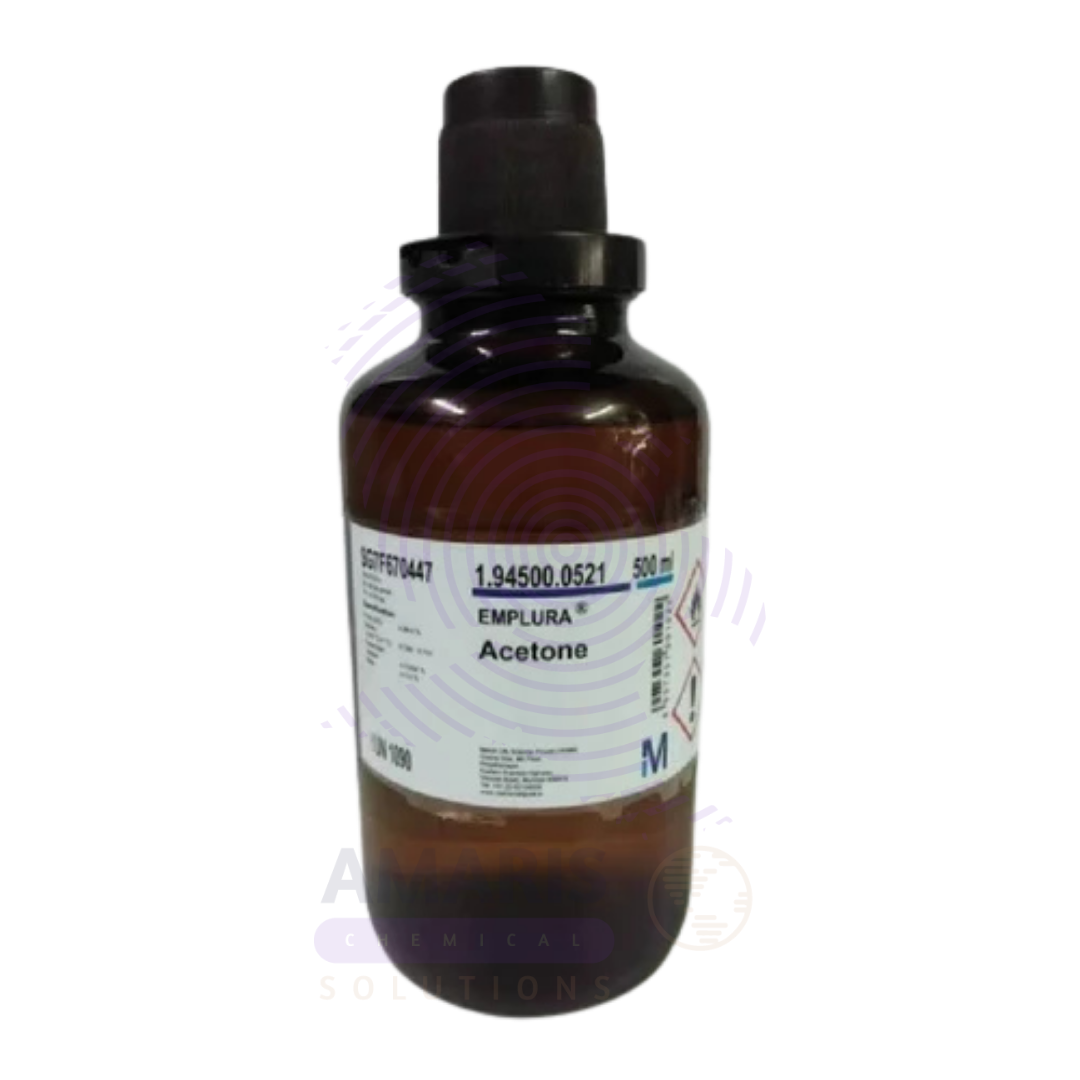


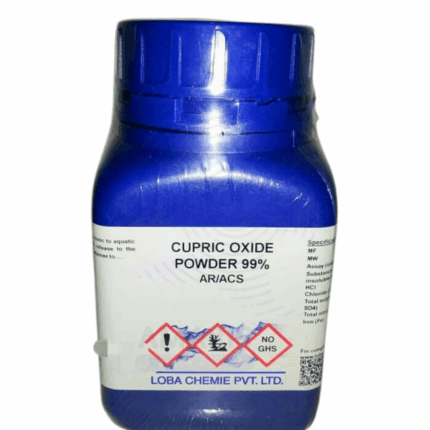
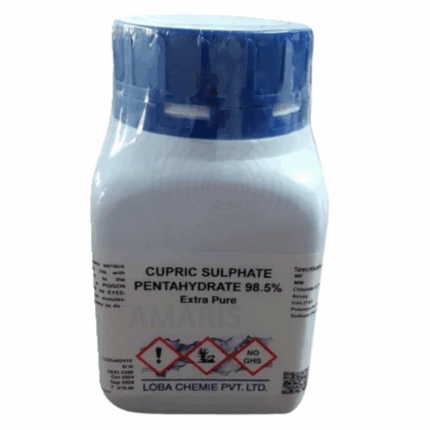
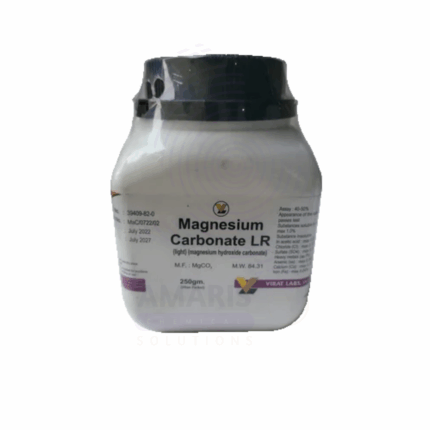
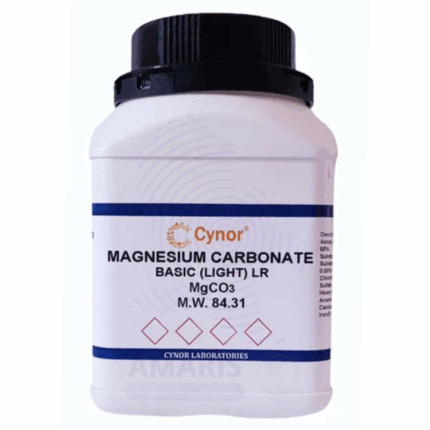
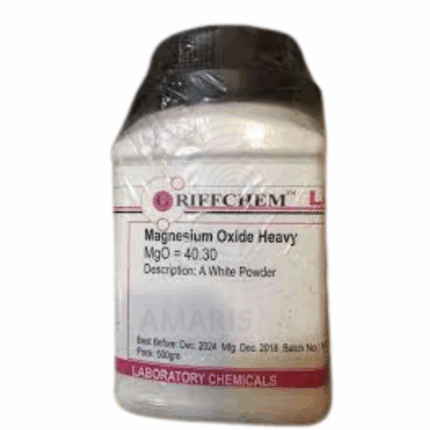

![Nickel Sulphate [NiSO4(H2O)6] Extra Pure Amaris Chemicals](https://amarischemicalsolutions.com/wp-content/uploads/2025/08/Nickel-Sulphate-NiSO4H2O6-Extra-Pure-Amaris-Chemicals-430x430.png)















